Photos: The nine-story Tokyo office building that’s also a farm
Soon, corporate meetings could take place at a table surrounded by rice paddies. At the offices of Pasona, a Tokyo recruitment agency, they already do. The company’s 215,000 square foot building dedicates 20% of its space to growing fresh vegetables, with over 200 species represented.
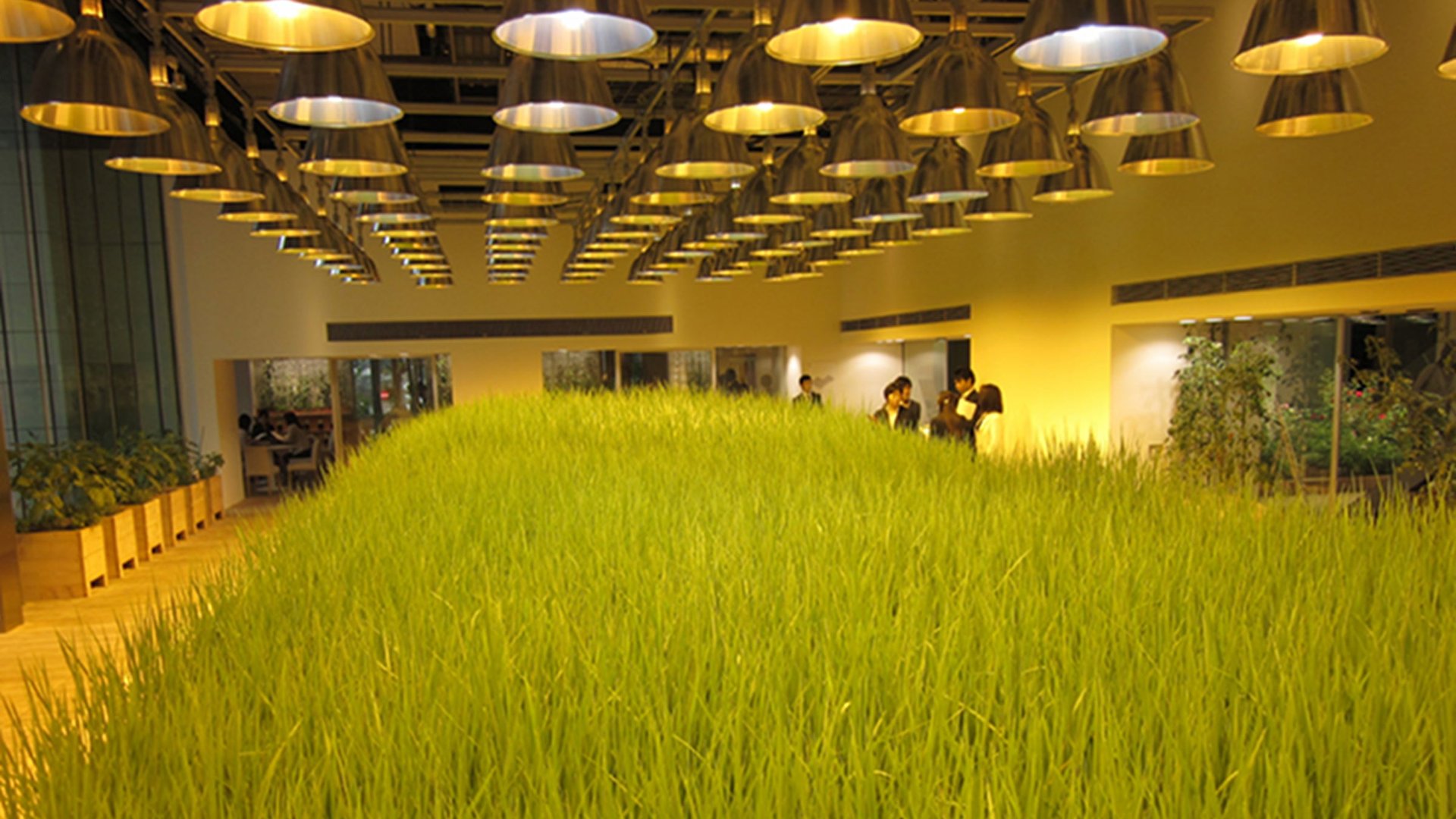

Soon, corporate meetings could take place at a table surrounded by rice paddies. At the offices of Pasona, a Tokyo recruitment agency, they already do. The company’s 215,000 square foot building dedicates 20% of its space to growing fresh vegetables, with over 200 species represented.
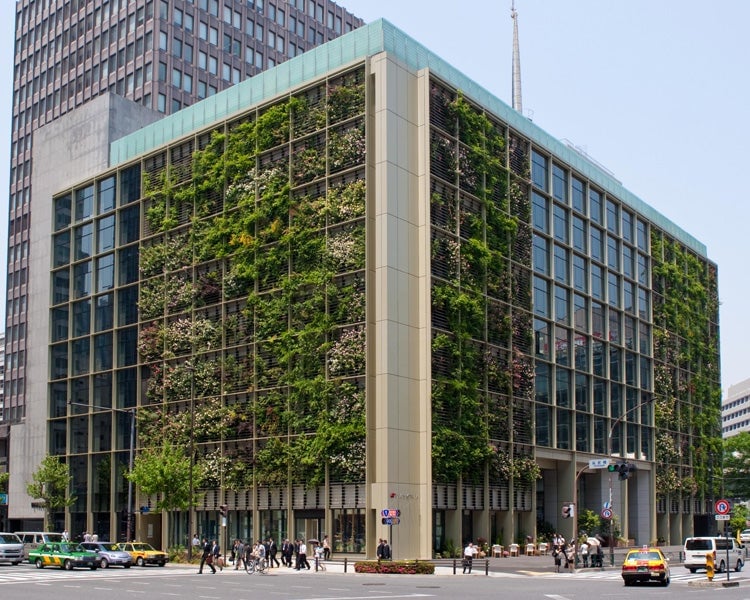
According to a video produced by Monocle magazine, the urban farm—the largest in Japan, with a layout that architects around the world should be paying attention to—doesn’t just exist to produce fresh food for Pasona’s employees. With young Japanese citizens giving up agriculture for business in the city, Pasona and its architecture firm, Kono Designs, hope the lush surroundings will inspire urbanites, and give them a newfound appreciation for agriculture. They hope this can support a reinvigoration of rural areas or at least an increase in the number of urban farms in Tokyo.
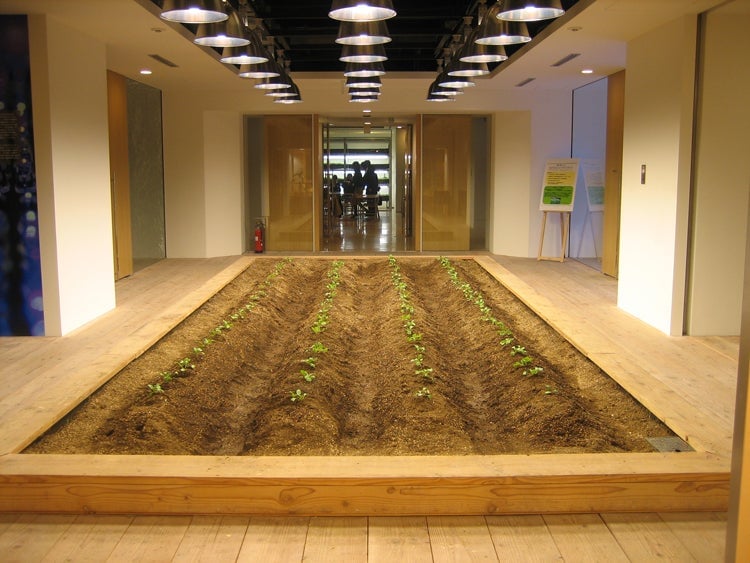
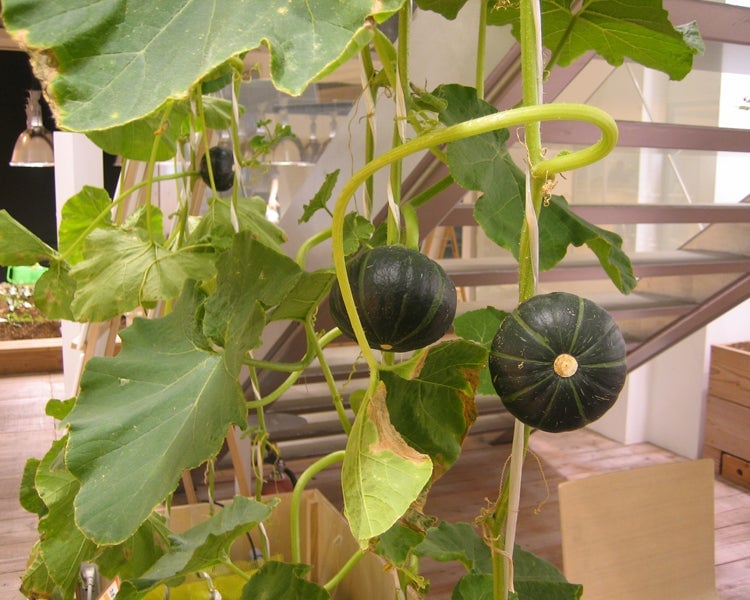
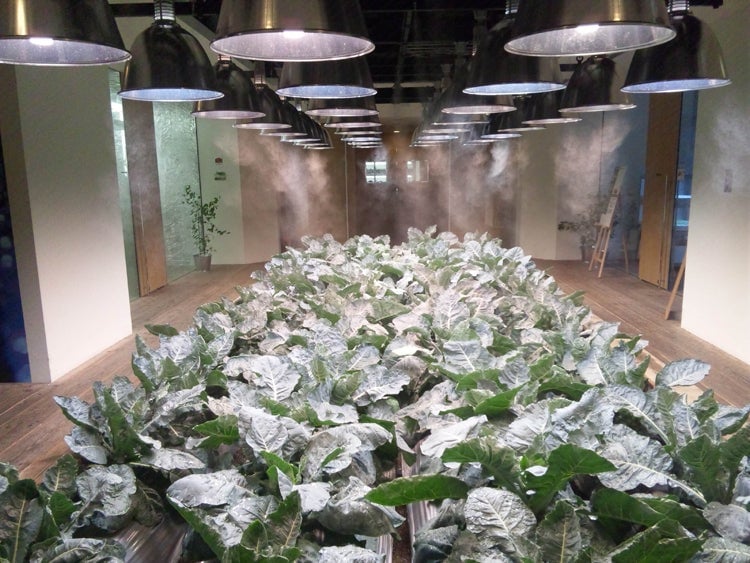
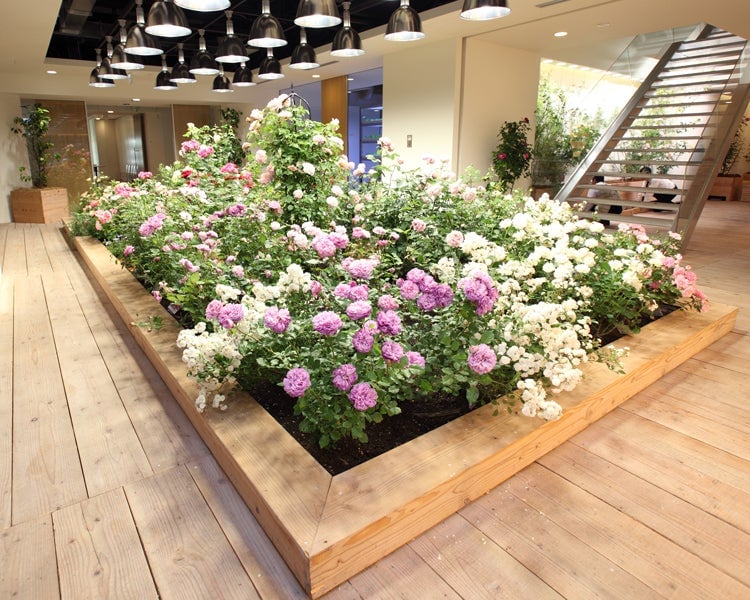
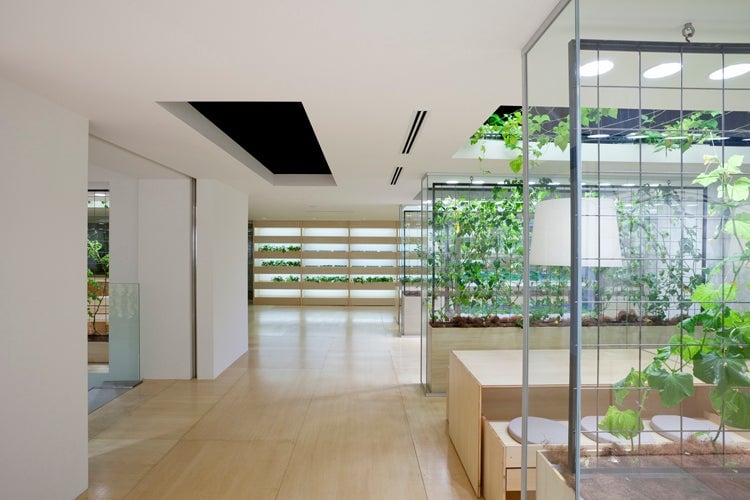
The green areas use a combination of soil-based and hydroponic farming. One of the greatest challenges is balancing the climate needed for growing produce with temperatures that are more comfortable for humans. Some say this is the building’s greatest pitfall, with certain rooms repelling visitors. The main entrance, which sports a rice paddy, is a bit warmer, brighter, and moister than most people would prefer. Workers use a side entrance to avoid it.
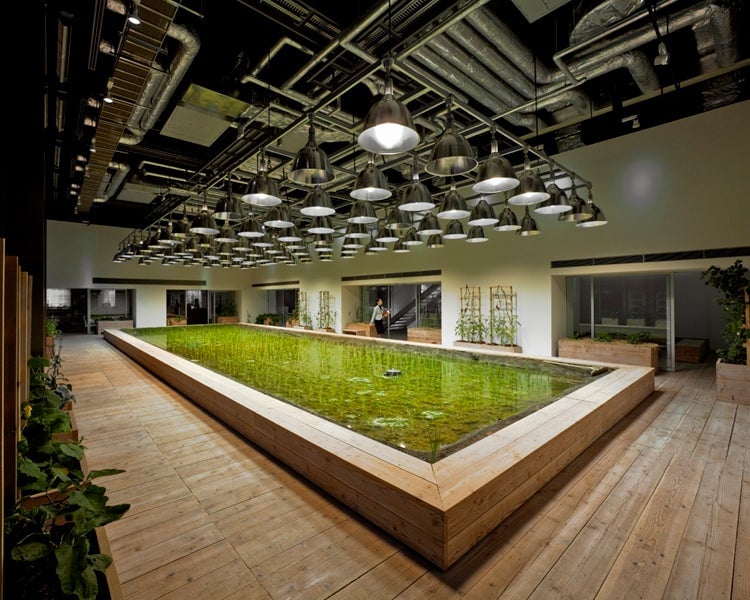
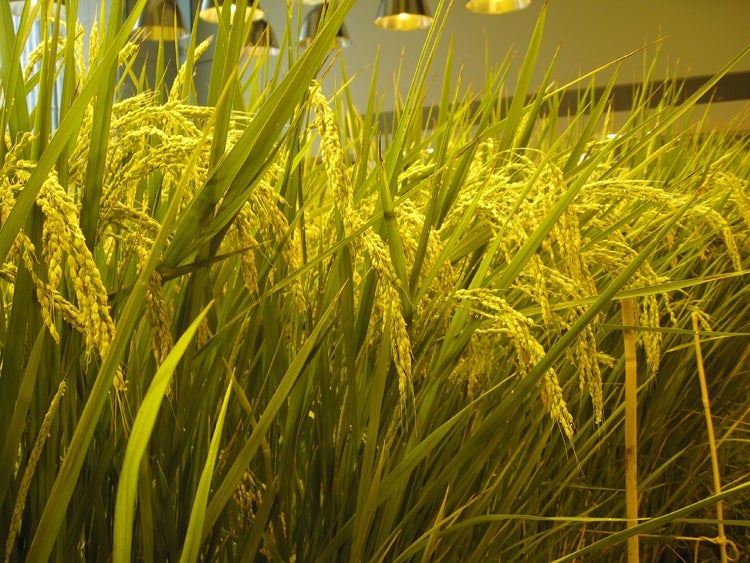
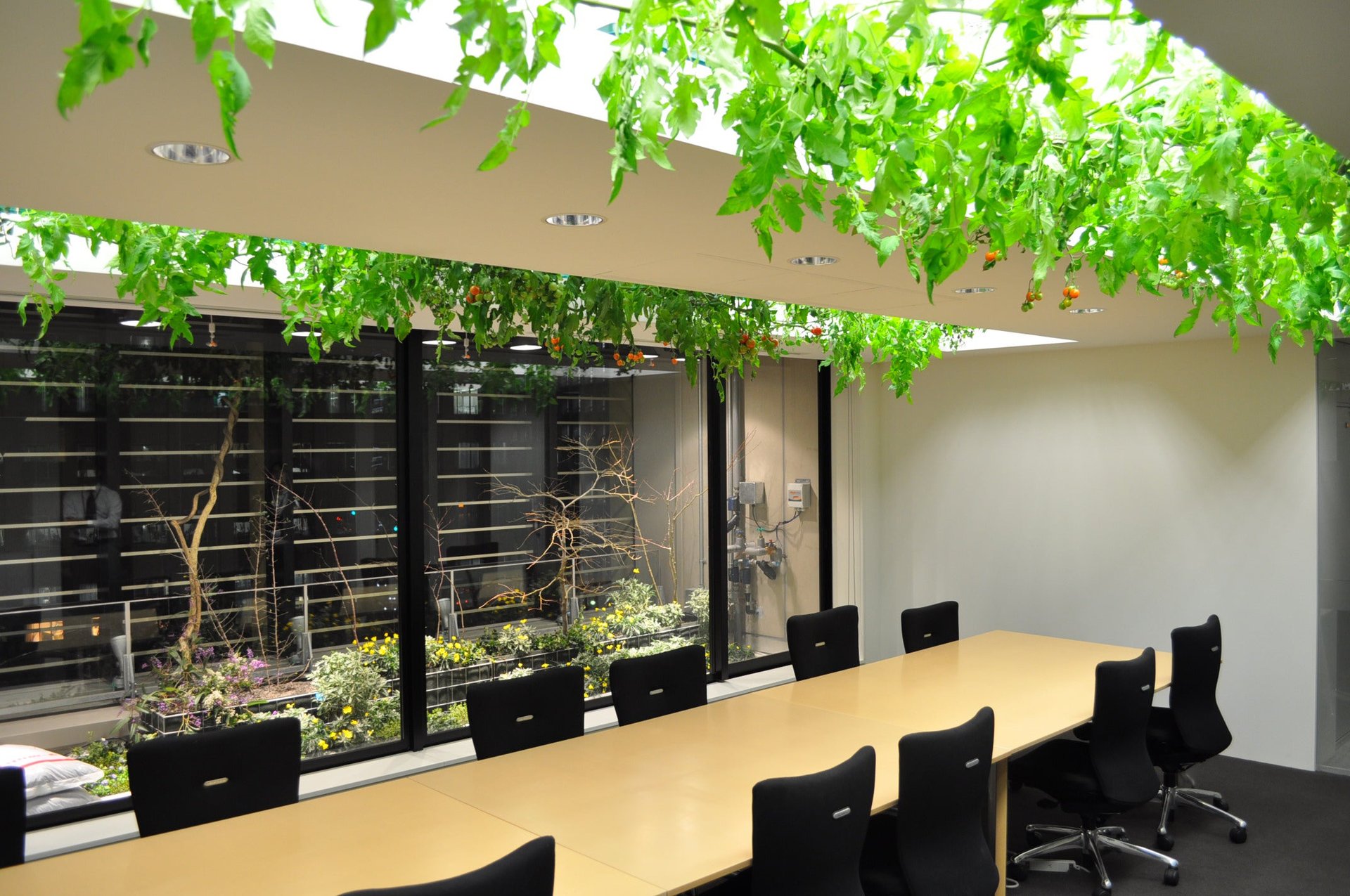
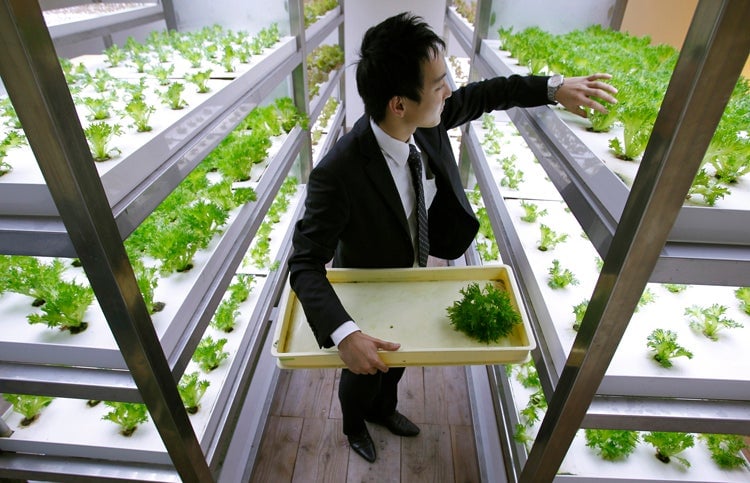
Urban farming is certainly becoming more prevalent—in Detroit, farming could help save the city’s economy—but space is often an issue. If Pasona’s employees continue to enjoy cohabitating with their food, perhaps the building can serve as a model for others.